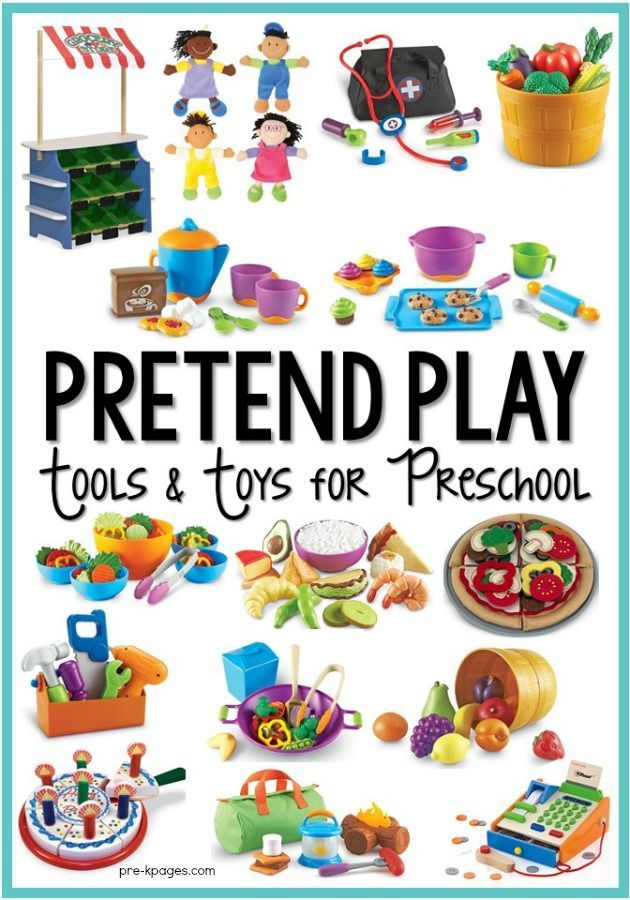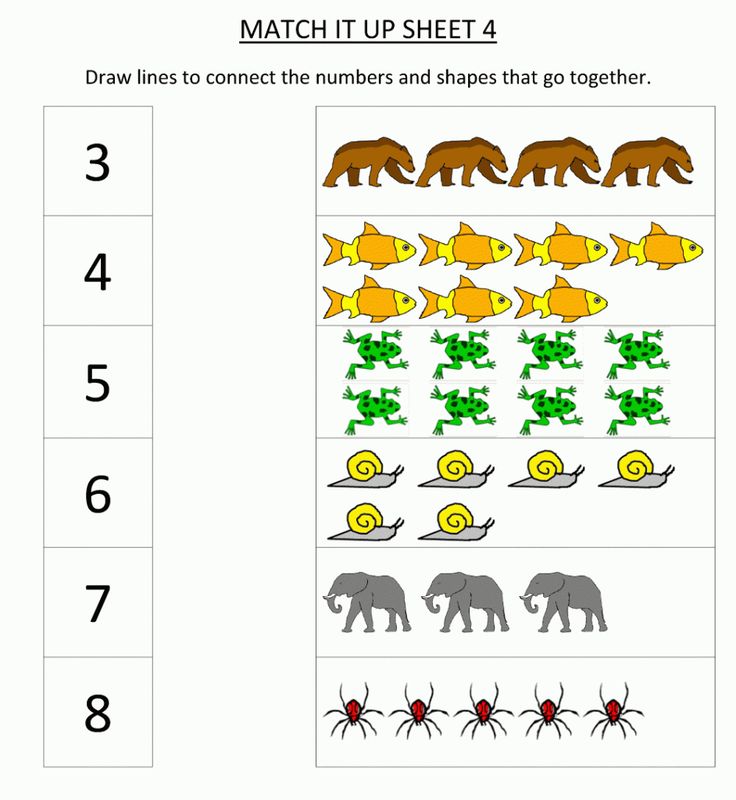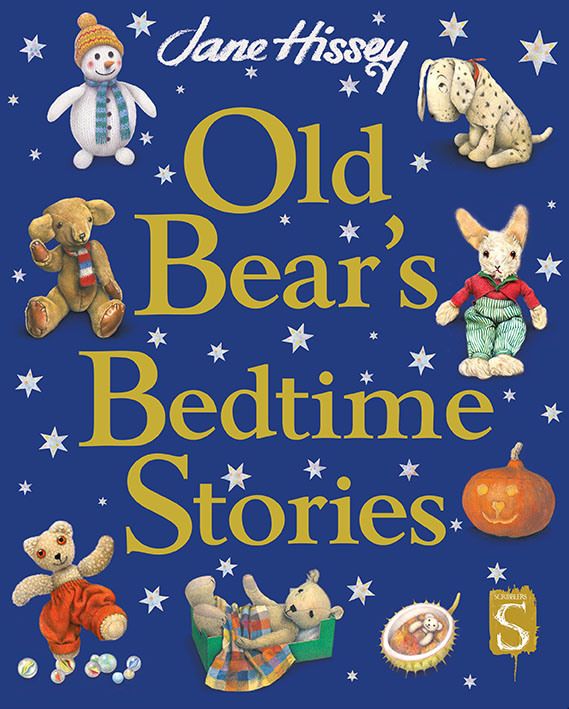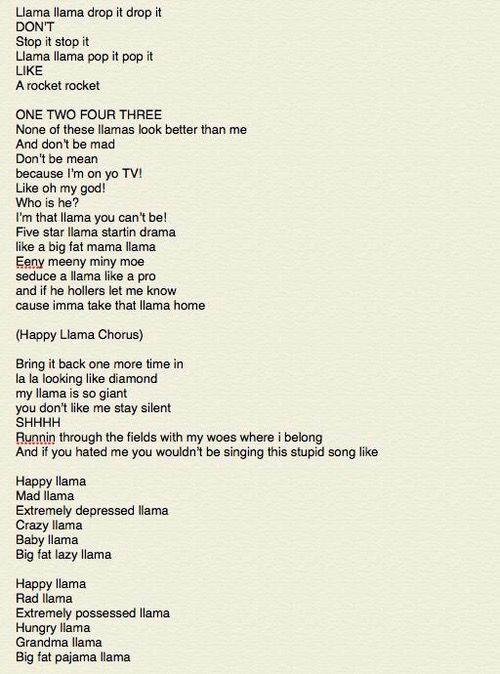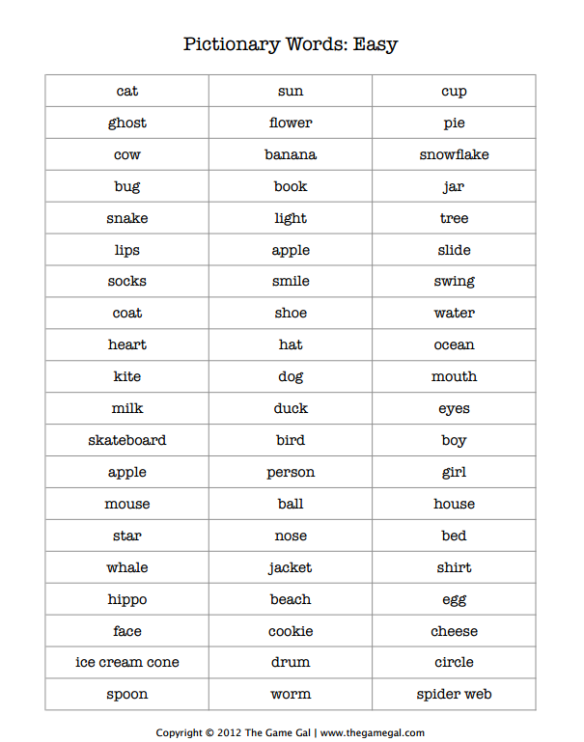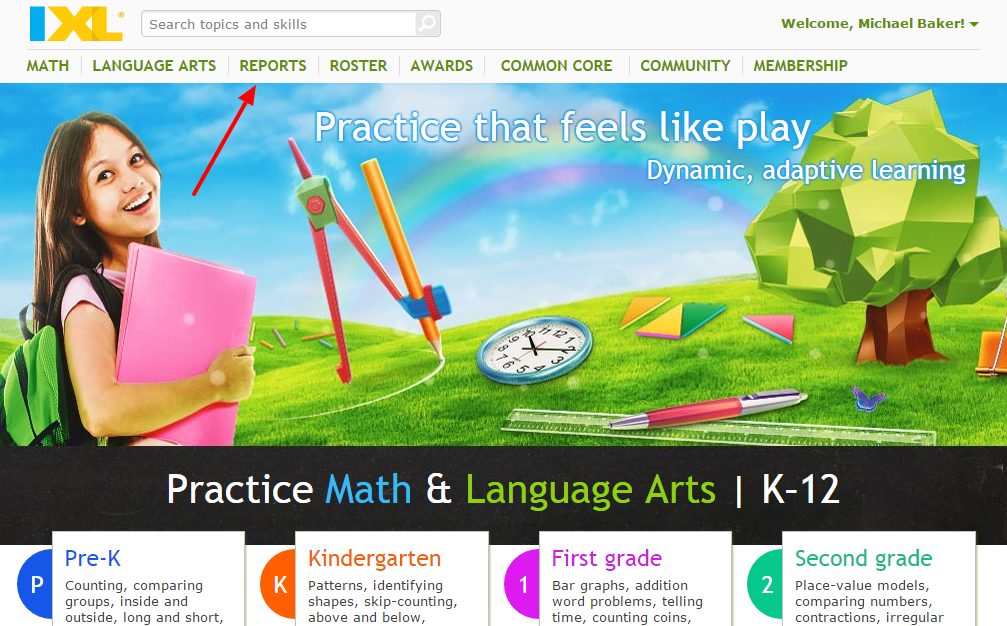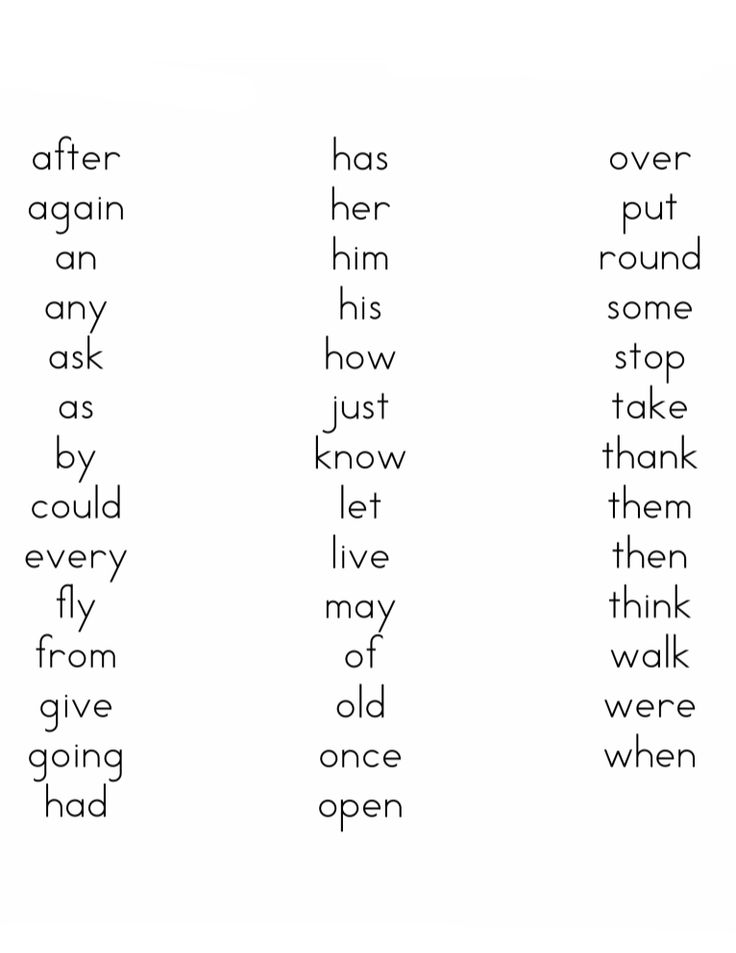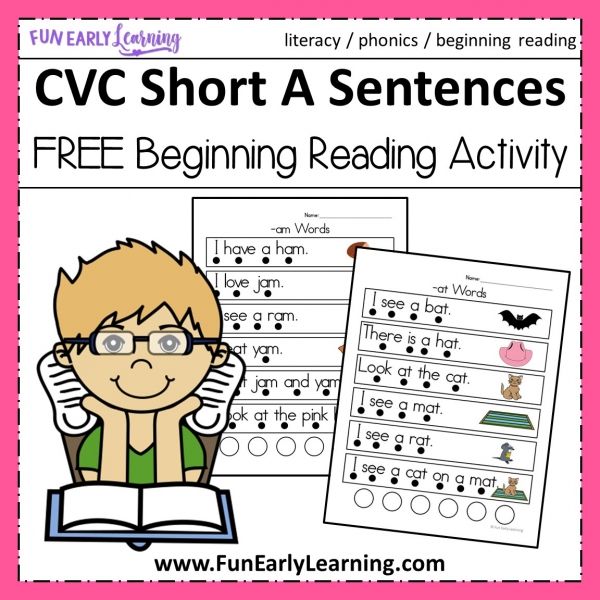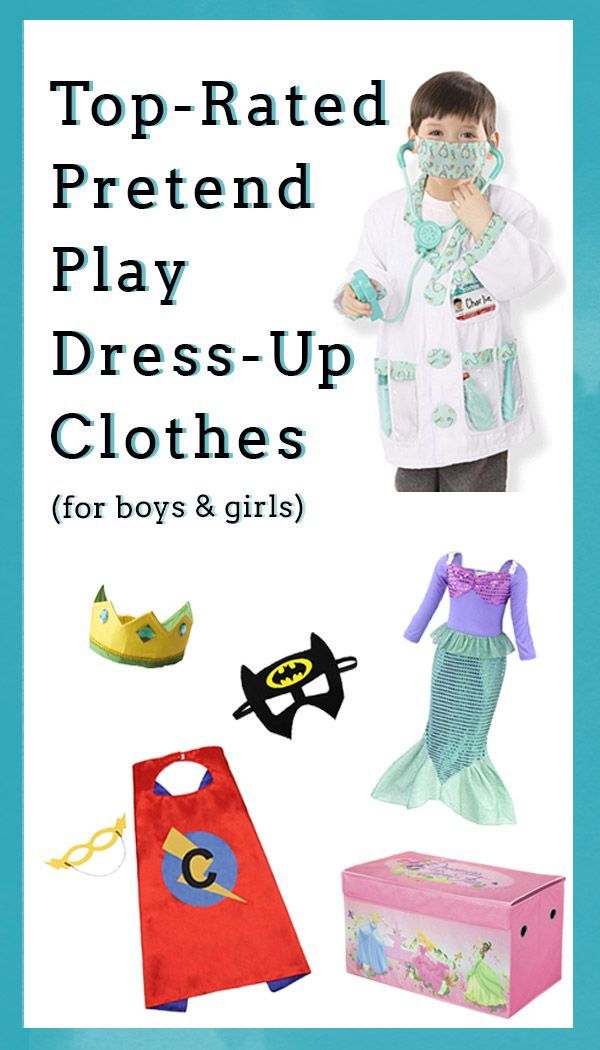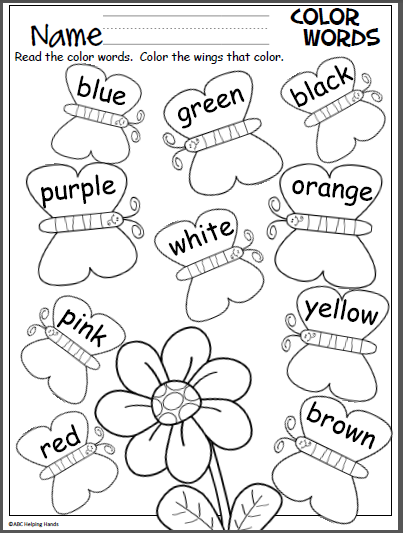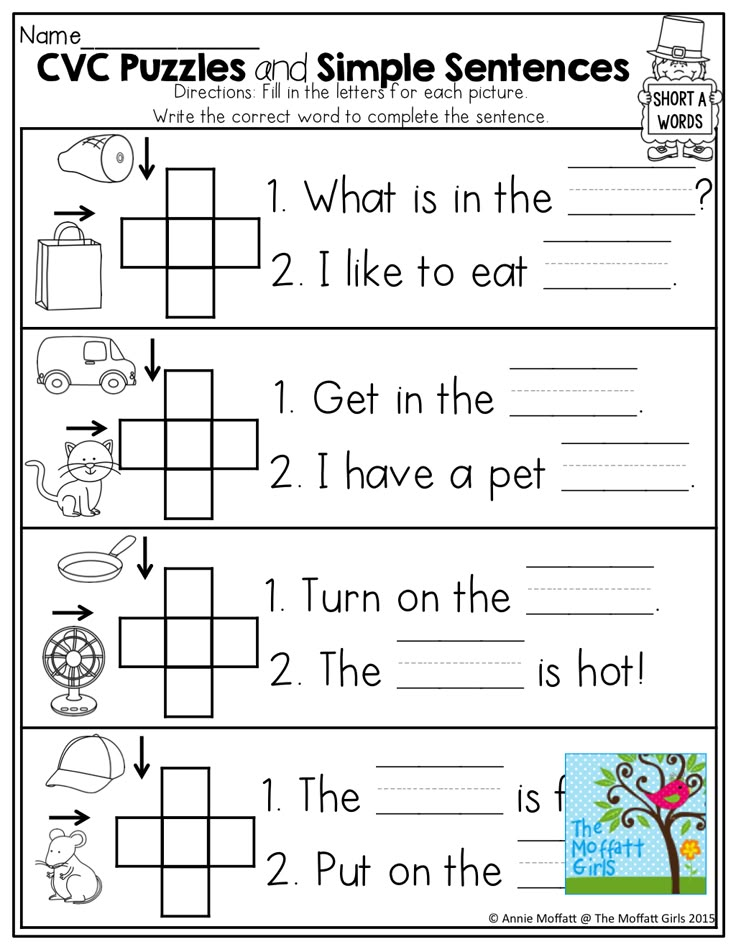Age for pretend play
Stages of Play from 24–36 Months: The World of Imagination
Learn how infants and toddlers develop play skills from birth to 3, and what toys and activities are appropriate for their age.
From age 2 to 3, your toddler’s interests and skills are blooming at an amazing, almost dizzying rate! All the new things they can do—from walking and talking to figuring out how things work and beginning to make friends—are fuel for the imagination and creativity. This is a special time in your child’s life. Learn more about how infants and toddlers develop play skills. And don’t forget—YOU are still their most important playmate and toy!
Playing Pretend
Between 2 and 3, your toddler will use their growing thinking skills to play pretend. With props, like a doll and toy bottle, she will act out steps of a familiar routine—feeding, rocking, and putting a doll to sleep. As your toddler learns to use symbols, imaginary play skills will grow more complex. A round pillow, for example, can become a yummy pizza!
TOYS TO EXPLORE:
- Stuffed animals and dolls
- Accessories such as baby blanket, bottle for doll, etc.
- Toy dishes, pots and pans, pretend food
- Toy cars, trucks, bus, or train, with little people that fit inside
- Blocks
HELPING YOUR TODDLER PLAY AND LEARN:
- Let your child choose what to play, and then add on to his activity. If they have a toy bus, you might ask where it’s going or if they would like to pick up some people waiting at the bus stop.
- Give your child a block and say, “Do you want a piece of my birthday cake? It’s so yummy!” (as you pretend to munch on it). Do they understand the block can stand in for something else? If so, have a birthday party using the block as a cake, sing a birthday song, pretend to blow the candles out, and “cut” a slice to eat.
Solving Problems Through Play
Sorting toys—putting cars in one basket and balls in another—is just one way that your toddler is solving problems using thinking skills. You may also see them try one puzzle piece in different spaces, or turn it around to see if it fits. Your child is now also using tools (like a stick) to solve problems (how to reach a toy under the couch).
Your child is now also using tools (like a stick) to solve problems (how to reach a toy under the couch).
TOYS TO EXPLORE:
- Chunky puzzles
- Memory-type games
- Stacking cups or ring stacks
- Shape-sorters and bead mazes
- Toys that can be activated—like cars that roll forward when you pull them back
HELPING YOUR TODDLER PLAY AND LEARN:
- Make your own Memory game using photos of family members. Print out two copies of 10 photos, glue each photo to an index card. Place them face up on the floor and see if your child can find the matches.
- Turn cleaning up into a sorting game. Take photos of your child’s different toys and tape them to the basket or box where they belong. Show your child how to sort her toys. Before you know it, they’ll be an expert at the “clean-up game”!
Now You’re Talking!
Toddlers are learning new words by the day! Most are using two-word phrases (“what that”) and by age 3, some three-word phrases (“Josie want cookie!”).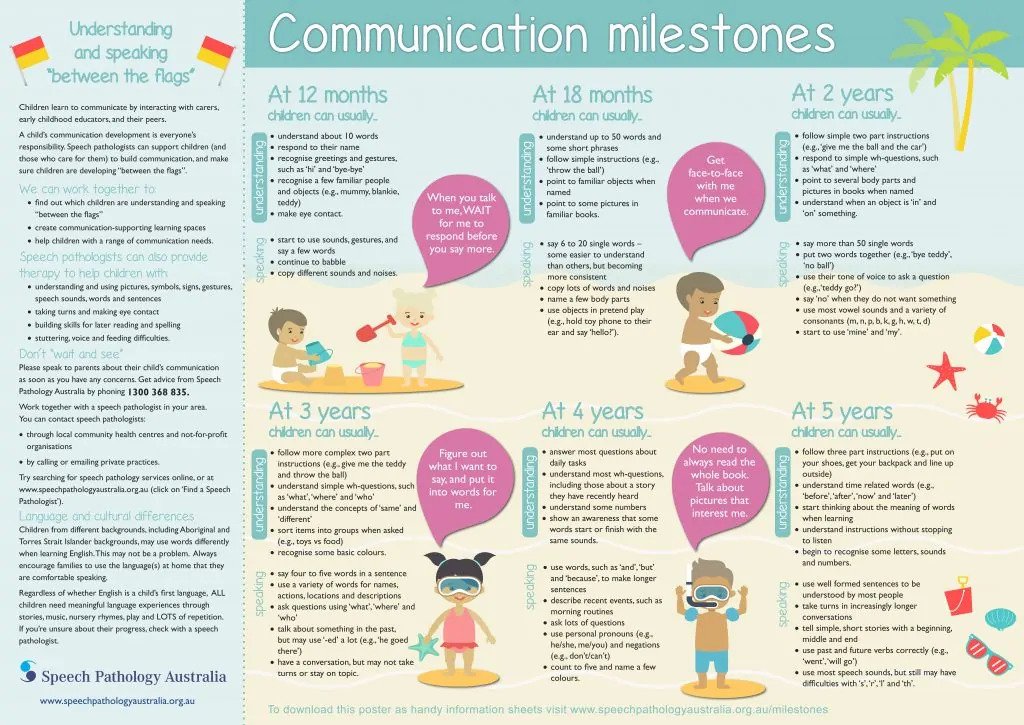 Toddlers can now follow two-step requests such as “Please get your hat and put it on.” Two-year-olds can also understand stories. They can now connect the words you say with the illustrations.
Toddlers can now follow two-step requests such as “Please get your hat and put it on.” Two-year-olds can also understand stories. They can now connect the words you say with the illustrations.
TOYS TO EXPLORE:
- Board books
- Songs and fingerplays
- Dolls
- Child-safe mirror
HELPING YOUR TODDLER PLAY AND LEARN:
- During bath-time, ask your child to wash his nose and belly. Then ask them to wash his doll’s nose and belly. Look in a mirror together and name the different parts of your faces—eyes, nose, mouth, ears, and more.
- Read together. If your toddler is wiggly, ask them to do the actions on the page—hopping like the frog or dancing like the little mouse. Ask questions, too: “What do you see on this page?” or “Do you see a moon?”
Fantastic Fingers
Your toddler is now able to use his hands and fingers to pick up food, small toys, and more. They may even hold a crayon using his thumb and pointer finger, instead of their fist.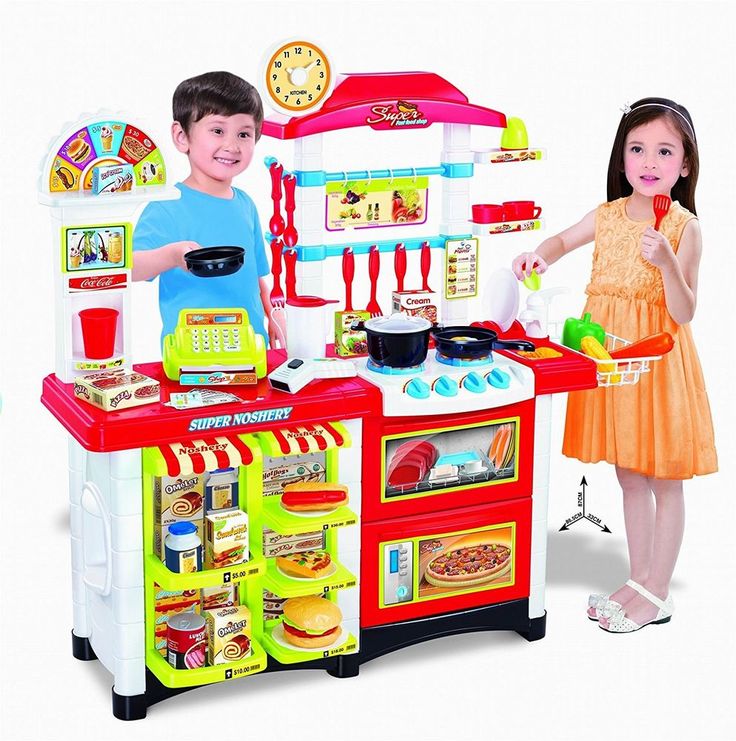 Toddlers are learning to control the strokes they make with crayons and markers.
Toddlers are learning to control the strokes they make with crayons and markers.
TOYS TO EXPLORE:
- Foam or wooden blocks, plastic interlocking blocks, or bristle blocks
- Chunky puzzles
- Pull-toys, stringing beads, and pop-beads
- Washable crayons and markers
HELPING YOUR TODDLER PLAY AND LEARN:
- Tape paper to your child’s high chair or to the table and let your child explore with crayons and markers. Watch them scribble away! See if they want to imitate making a line or circles that you draw first. But don’t worry if they have their ideas about what she wants to draw—or how to draw it.
- Play with play-dough. Practice rolling the dough, poking holes in it, or making little balls of dough and dropping them in a small cup to dump out. Older toddlers still like fill-and-dump activities—plus this lets them use their hands and fingers to explore and create.
The 5 Stages of Pretend Play in Early Childhood
- Share
Throughout early childhood, children engage in many types of play that are all equally important for their development.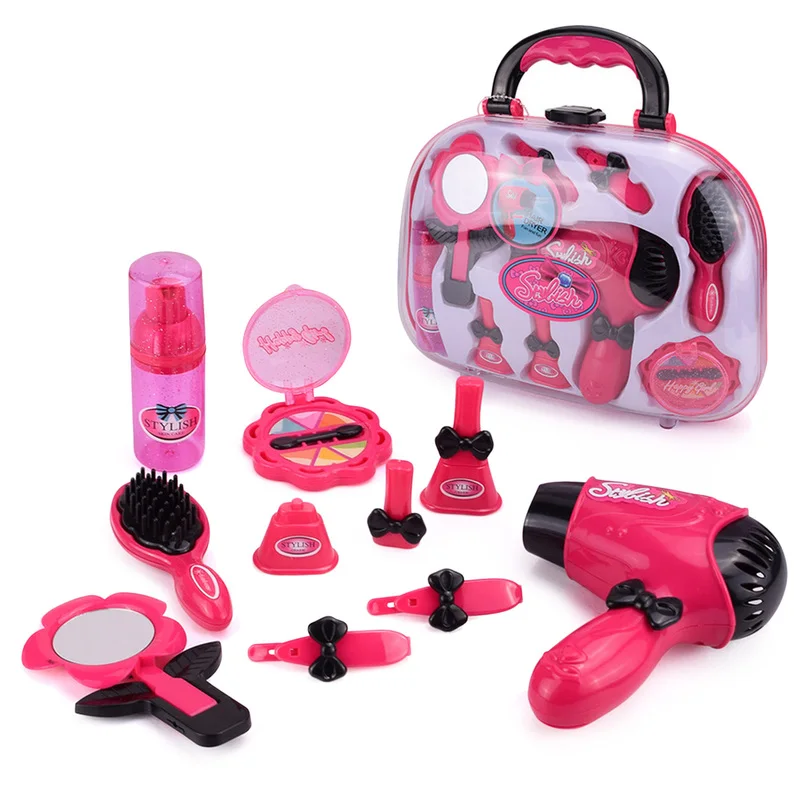 One of these is pretend play, also known as imaginative, make-believe or fantasy play.
One of these is pretend play, also known as imaginative, make-believe or fantasy play.
Children typically progress through 5 stages of pretend play.
Pretend play may appear to just be a child imitating what they see around them and how others are behaving, but it stimulates a great deal of creativity and thinking skills.
When children act out their world together, they engage in cooperative behaviour as they work together to create a fantasy scene. This involves high levels of social skills.
They also develop emotionally as they act out life scenarios that are full of emotions and new experiences. Playing gives them a safe space to experience these big emotions.
Here are the 5 stages of imaginative play in early childhood:
1. Enactive Naming
The first phase of pretend play is called enactive naming. In this stage, a child is not yet actively “pretending,” rather she is showing the knowledge she has.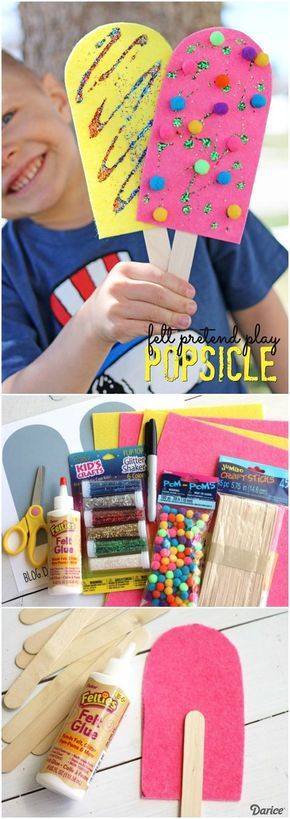
For example, the first time she puts an empty spoon or cup to her mouth, she may be imitating a behaviour she has seen, or acting out her understanding of the objects, but she is not yet playing.
She is beginning to learn the difference between real and not real.
Young children love to imitate the actions and behaviours they see around them and may also want to sweep the floor, whether with a real broom or a toy broom.
2. Autosymbolic Schemes
In the second stage, called autosymbolic schemes, the young child begins to display the first signs of pretending, but only in relation to herself. This starts around the age of 12 months.
A child may pretend to lie down and sleep or take a pretend sip from their cup while making noises to show she is drinking.
At this stage you will see that the child is intending to play by her mannerisms and actions – she may smile or look at you to show you that she is pretending.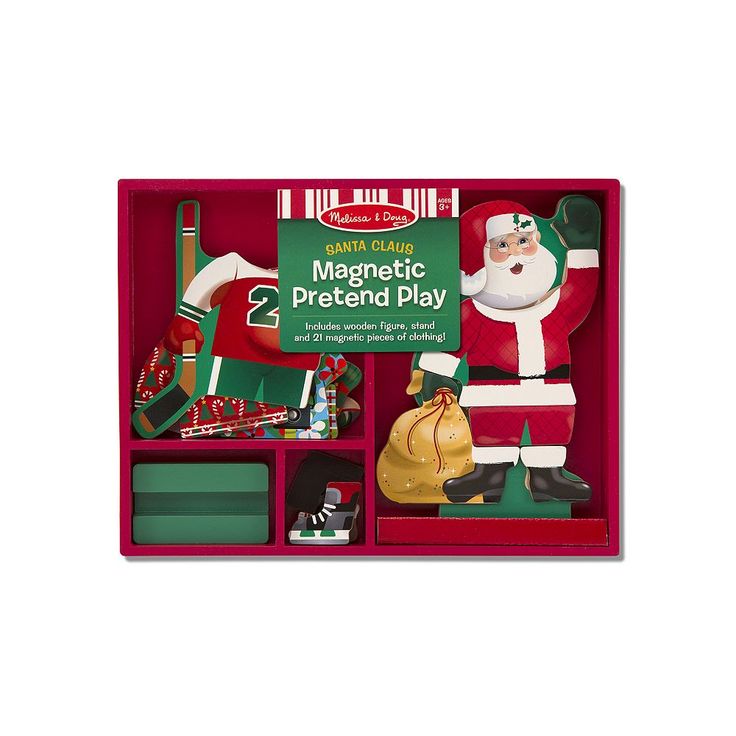
Playing with toy replicas of household objects is fun for young toddlers, and by using these items for their correct functions, they show their growing cognitive skills.
At some point, the young child will start to engage in pretend play by using objects to represent other objects. This is called symbolic play.
This means a child who wishes to pretend to talk on the phone, may reach for a block instead of a real phone or a toy that represents the real object.
The child feels that the block shares some characteristics with a phone – perhaps the size and the shape – and it becomes a good replacement for the phone.
This kind of symbolic pretend play shows yet another layer of advanced thinking.
Pretending while playing is rooted in a child’s social development. Their interactions with parents, family, peers and other caregivers forms the basis of their play, and forms the foundation for their cognitive development.
3. Decentred Symbolic Schemes
Between the age of 12 and 24 months, a child will begin to involve others in her pretend play.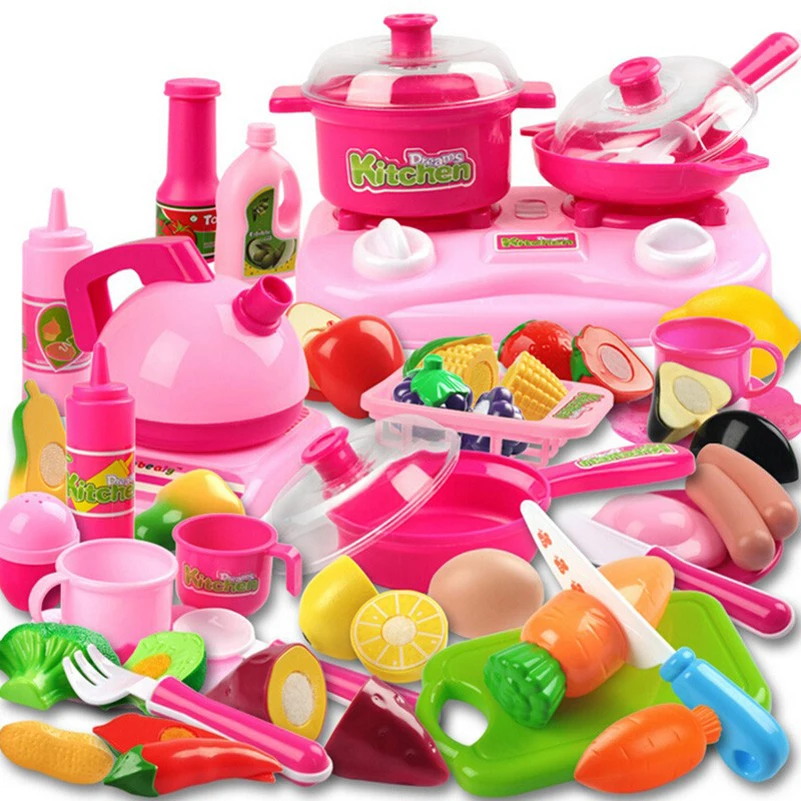
She will pass you the cup to take a sip from or try to feed you with an empty spoon. This shows that she is becoming aware of others as being separate from herself.
From around 2 years of age, toddlers often begin to play with dolls. They see their dolls as living beings, with feelings and states, such as hunger and tiredness.
This behaviour shows a huge leap in a child’s thinking skills as she matures.
It is also believed that the advanced thinking shown during pretend play is not yet seen in other aspects of a child’s life at this young age.
During this type of play, a child knows she is pretending and knows that the other child is pretending, and that they are both attaching mental concepts to their scenario.
This type of awareness is unusual as children typically see everything from an egocentric viewpoint.
During pretend play; however, they are able to experience something from someone else’s shoes and even try out different points of view.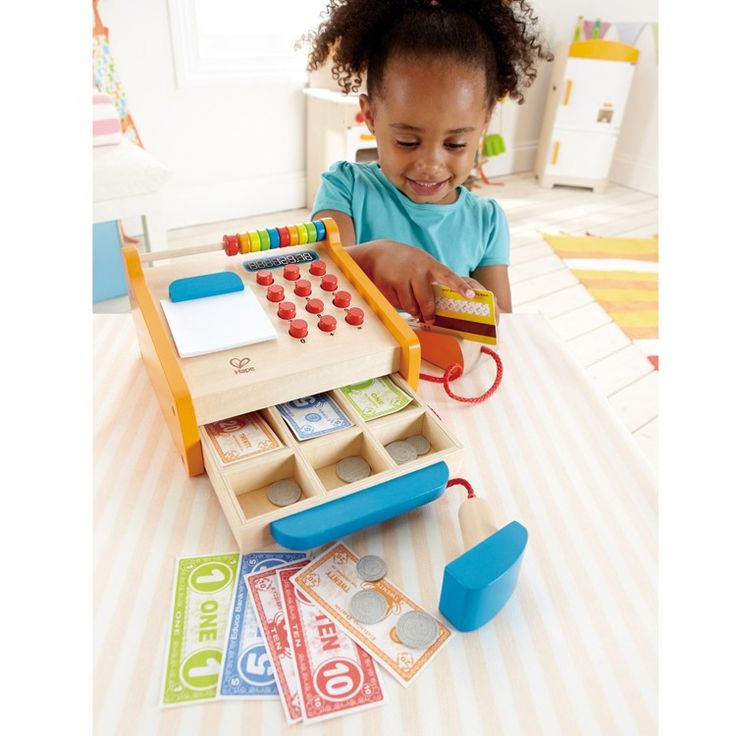
Children also show that while engaging in symbolic play they are able to assign two separate identities to an object – such as understanding that a block is a block, and in this case, also a phone.
This is something they are not able to do in other contexts, for example when looking at pictures of objects that represent other objects.
To give an example of this in a language context – a very young child knows that a banana is a banana, but will not also refer to it as a fruit.
Pretend play, therefore, plays a big role in helping a child develop thinking skills.
Even the objects that a child uses to play with show her level of thinking. In the beginning, she uses real objects, then toy replicas, then other objects as representations.
The older a child gets, the more she can use non-realistic toys in her play, with her imagination being the only thing she needs.
4. Sequencing Pretend Acts
In this stage, a child learns to apply a logical sequence to her pretending. If she wants to give her doll a bath, for example, she will take off her clothes before doing so.
If she wants to give her doll a bath, for example, she will take off her clothes before doing so.
The child has learned through observing others and how people behave in various contexts and is strengthening her memory skills, so that this knowledge can be used later, in a play context.
5. Planned Pretend
In this final stage, known as planned pretend, a child will collect props and items that she needs for her pretend play.
She will have a specific idea in mind for what she wants to act out and will plan accordingly. She may pretend to be a teacher giving a lesson, or a mother taking her child to the shops.
Preschoolers are usually in this stage of pretend play and they use high-level social skills while engaging.
They need to communicate well, play a specific role, allow others to play their roles, share and take turns, and follow the agreed rules, as they play with a common goal.
Sometimes this requires compromising, negotiating and persuading.
Read more about the types of play in early childhood.
Source:
Natanson, J. 1998. Learning Through Play: A parent’s guide to the first five years. Tafelberg Publishers Limited: Cape Town.
Get FREE access to Printable Puzzles, Stories, Activity Packs and more!
Join Empowered Parents + and you’ll receive a downloadable set of printable puzzles, games and short stories, as well as the Learning Through Play Activity Pack which includes an entire year of activities for 3 to 6-year-olds.
Access is free forever.
Signing up for a free Grow account is fast and easy and will allow you to bookmark articles to read later, on this website as well as many websites worldwide that use Grow.
- Share
How to prepare a child for admission to a theater school
At what age should one start preparing to enter a theater school?
Young people grow faster than ever in their first five years of life.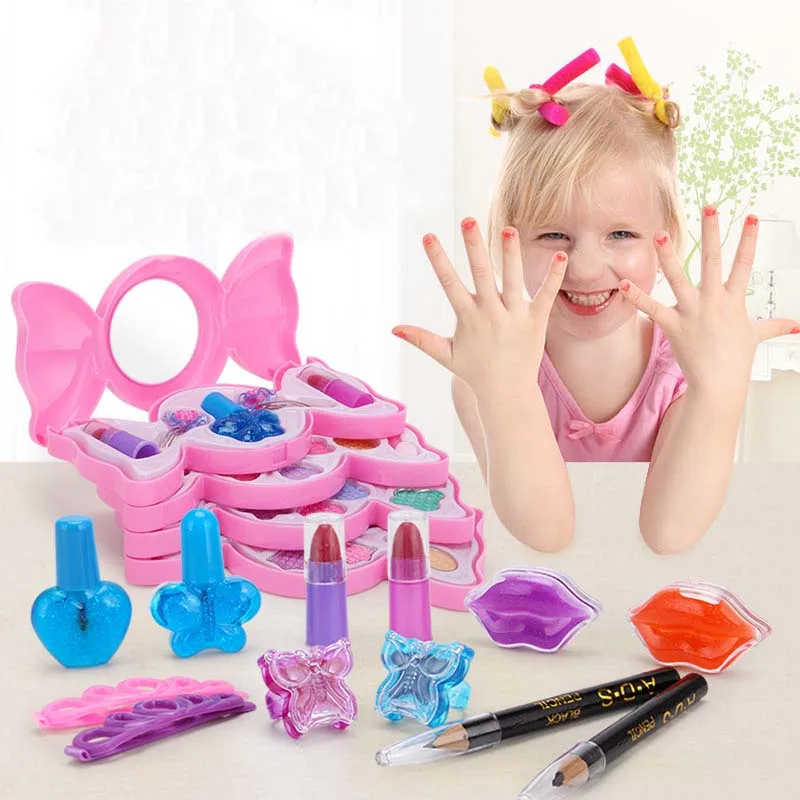 Every moment is a moment of discovery. The brain is the most alive part in this period of time. The child is most receptive to new discoveries at this age.
Every moment is a moment of discovery. The brain is the most alive part in this period of time. The child is most receptive to new discoveries at this age.
A recent study shows that parents who joke and engage in pretend play with their young children can boost a toddler's development at an extremely early age. Even at the age of 16 months, babies can begin to understand the differences between types of concepts with the help of parental cues. Many professional teachers of theater studios at the theater also agree with this.
The reason this matters is that the ability to internalize the complexity of the world at an early age opens the door to more abstract thinking later in life. In other words, doing things that make a lot of parents feel funny and even embarrassing — like pretending a wooden block is actually a galloping horse — can be the key to raising kids to think innovatively later. By engaging in pretend play, parents encourage imagination, abstract thinking, and the ability to create new relationships between objects.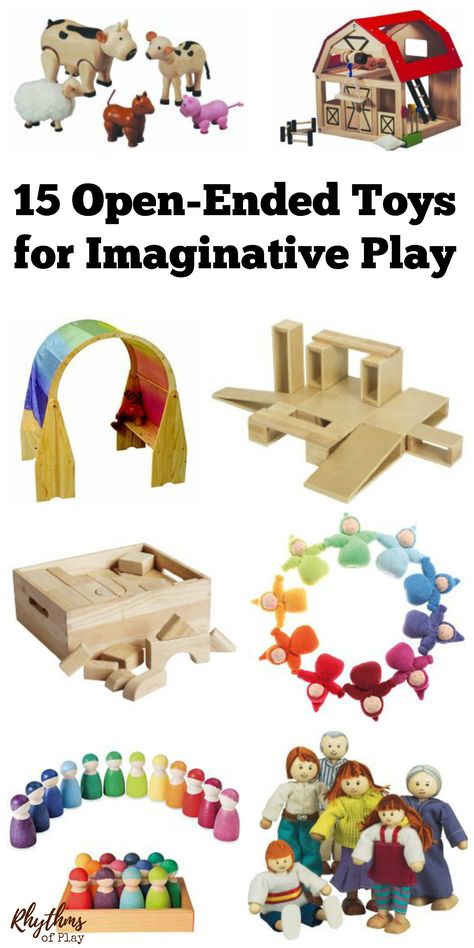 Through silly jokes, parents help toddlers understand that words and actions are more than just literal meanings.
Through silly jokes, parents help toddlers understand that words and actions are more than just literal meanings.
Researchers showed that toddlers were remarkably adept at distinguishing between jokes and shams, simply by being told by adults. If adults really led their children to believe that, say, a sponge was actually a hat, toddlers would realize that this is a pretend game. If the adults projected signs of disbelief when they put the chicken on their heads, pretending to put on a hat, the little ones knew it was all a joke.
Thus, the most important thing at this age is to allow the child to see more and more differences between the game and serious ideas about the world. The more often you play with your child, the more he develops the connection between jokes and pretending.
However, until educational technology becomes more advanced, parents will benefit from helping their children expand their imagination and think abstractly. At the moment, there simply isn't a computer in the world that's better than a parent at helping their little ones grow up to be innovative thinkers.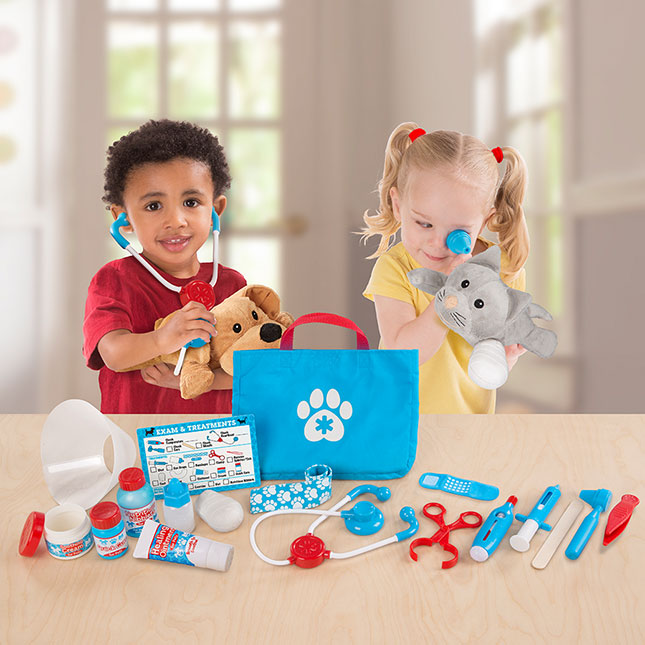
Baby performances at children's theater studios
It is not necessary to wait for a certain age to introduce the baby to the theater. At children's theater studios, there are special performances that you can come to with a one-year-old child. As a rule, at such performances, children are allowed to talk both with the actors and with other children. It is enough just to acquaint your child with the general rules of conduct in institutions of this kind. After watching this performance, the children are satisfied and remain in a great mood.
Looking for a children's theater studio?
Come to a free trial acting class
Related materials:
Teenage and children's theater studios in Moscow - a positive and rewarding pastime
Children's theater studios in Moscow
Is acting or development for children?
Choosing Educational Toys: A Parent's Guide
Toys are meant to be played with, but they can also help develop skills that are vital to your baby's development.
As a parent, one of the greatest pleasures of watching our children grow is seeing them learn and develop as human beings, so why not choose the best educational toys and watch it every day?
With so many toys to choose from, this guide will help you choose the best ones to support your child's development.
Choose toys that match your child's interests and abilities
Your child must be interested before playing with a toy, so make sure you choose toys that are appropriate for your child's age and interests. It may be trial and error at first, but you will soon find out what interests your child the most. Then you can pick up appropriate toys, such as alphabet blocks, if your child likes to build, as this will help his development in recognizing letters and sounds. Again, make sure the toys you choose are age appropriate, as you want them to be fun for your child and not get bored.
Look for toys that encourage heuristic play
Heuristic play is a sensory exploration of "everyday objects" which is very beneficial for children's development.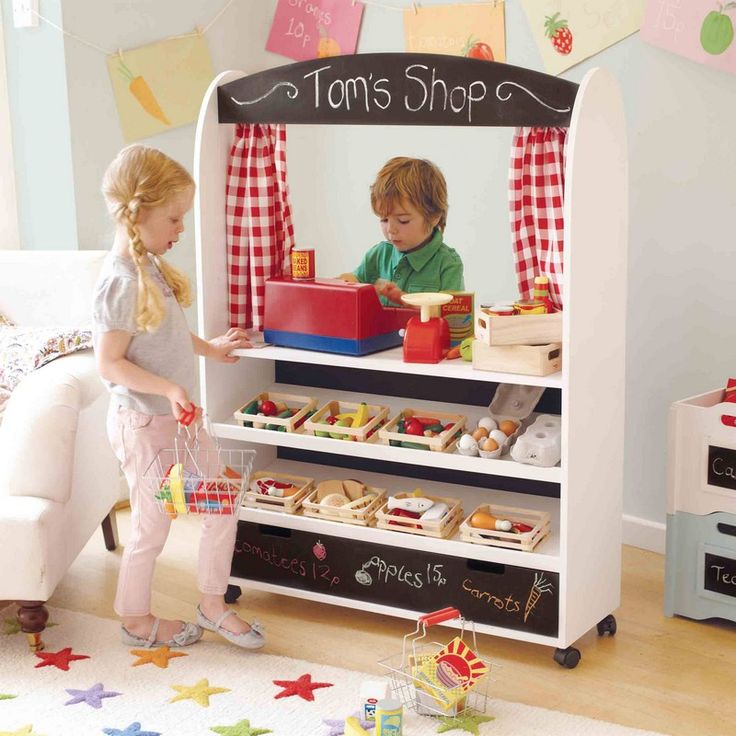 You can help develop this type of play with the toys you choose, just make sure they are not limited and can be used in a variety of ways. Toys such as building blocks or bricks and arts and crafts give your kids the freedom to be creative and use these items however they want. Plus, they can be used as many times as they want!
You can help develop this type of play with the toys you choose, just make sure they are not limited and can be used in a variety of ways. Toys such as building blocks or bricks and arts and crafts give your kids the freedom to be creative and use these items however they want. Plus, they can be used as many times as they want!
See also our article on heuristic games.
Many open toys encourage STEM (science, technology, engineering, math) learning in a fun and natural way, essential lifelong skills.
Choose toys that promote social skills and play together
You want your children to be as social as possible from a very young age, as this contributes greatly to self-confidence, communication, and interaction later in life. By choosing toys that promote social skills, such as board games, puzzles, experiment sets, and building materials, you teach your children to share, take turns, and important skills such as negotiation and compromise. As your children grow up, they will learn different developmental skills such as teamwork and problem solving.
Choose toys that spark the imagination with pretend play
Pretend play is very important for our children as it not only develops creativity but also promotes language and literacy skills. Toys that provide such opportunities are very useful for our children, from impersonating different characters and acting out new situations to trying to communicate and expand vocabulary. Choose from toys such as play kitchen sets with pretend food, cash registers with pretend money or DIY kits and workshops with pretend tools, and soon your children will grow up on their own.
Look for age-appropriate board games that are great for developing math and language skills
Board games are incredibly fun, but they can also greatly improve young children's math skills. Board games help develop math and cognitive skills no matter how many times they are played - from counting while moving around the playing field to reading questions and learning basic strategy skills. Just remember to choose games that are age appropriate, as you don't want them to be too hard, which will put your child off playing, or too easy, which won't challenge them or help their development.